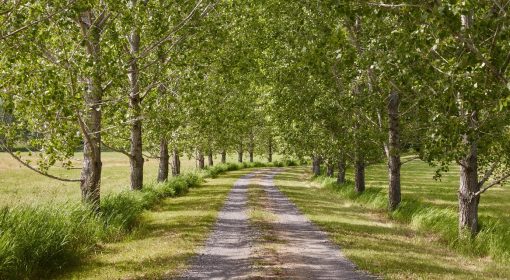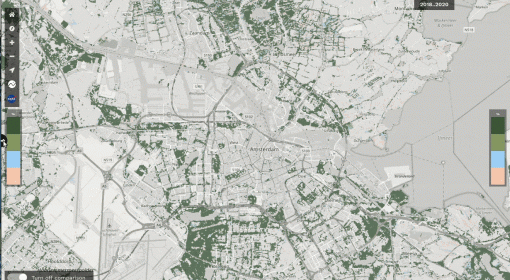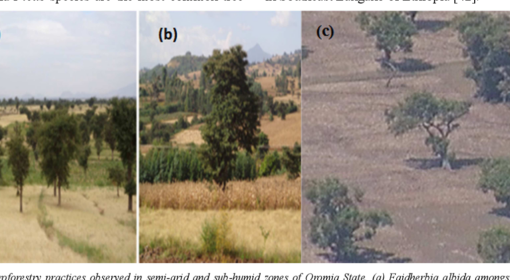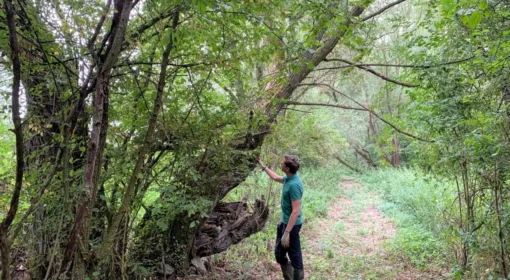By Frank van Steenbergen, Nancy Kadenyi and Luwieke Bosma
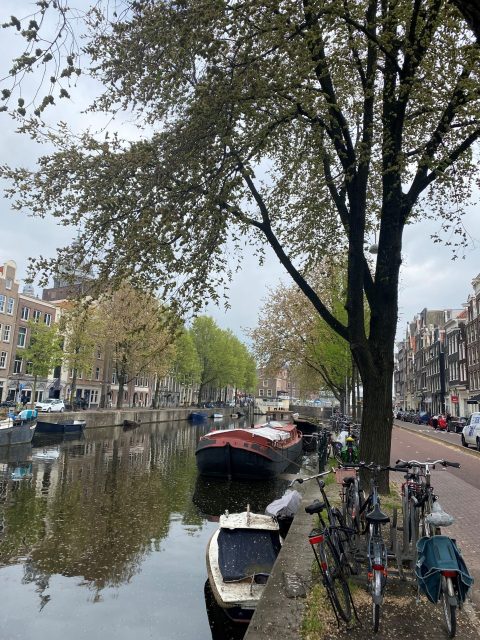
Resistant to both waterlogged and dry conditions, not sensitive to salty sea winds, able to fit in a narrow urban space if required, can deal with repairs to the streets around them and the subsidence of soil: the elm tree, the signature tree of Amsterdam.
Amsterdam was probably the first city where trees were systematically planted. From the end of the 16th century onwards trees lined the canals and the streets of the quickly growing metropole. The idea was that the tree roots would strengthen the canal banks and would act as biological pumps, draining out water from the swampy subsurface on which the city was build. The trees were also planted to create a more livable urban environment, counterbalancing the stench of the canals and the dirt in the streets. First linden trees were used, but from the 18th century they were replaced by elms, that were better suited to the demanding conditions of the built up urban area.
Since then the elms are all over the city, in many shapes – full canopy or broom-types, all in all in more than thirty varieties. As they are translucent they fit well into the urban scenery not blocking the view on the beautiful houses. It is estimated that there are 75,000 elm trees in Amsterdam – one for every ten citizens. It is common for different varieties to be planted together in one street, adding up to a diverse street view. Care is taken to make sure the trees do well. A special tree sand is used combing sand with organic material to provide the right aeration and nutritious environment for the elm trees. A special tree container with a concrete lid is being tried out in which the trees roots have enough space without interfering with or being interfered with the street surface. The challenge is that as city life intensifies – with more parking places, more use of the subsurface space for sewers systems and telephone lines for all providers, the surface get more compacted and there is less and less space for the trees to mature. The prediction is that new elm trees in the current circumstances will never grow to dimensions of their ancestors.
The main treat to elm tree is a fungal disease carried by a special beetle, that is even named after the fungal diseases they spread: the ‘iepenspintkever’. The fungi block the movement of fluid and minerals through the trees, causing them to become brittle and die. The combat against the beetle is done by integrated pest management. Small traps – metal plates with holes – are placed in different locations. The traps have a small canister with a strong odor (feromone) that attracts the beetles that then get trapped in the glue on the traps. This is checked at regular intervals (every two months). If the number of trapped beetles exceeds eighty, the trees in the area are systematically checked and the ones severely infected are removed. This vigilance works well and only a small number of trees have to be cut every year.
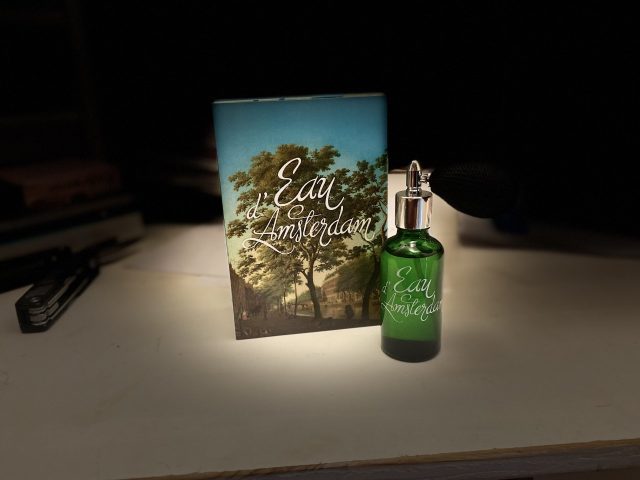
Urban forestry in Amsterdam has gone circular. All the trees that are cut in the city – elm trees and others – are reused within the city. A special foundation ‘Stadshout’ (http://stadshout.nu) was set up to process the cut trees into timber profitably with excess heat energy from the city systems, to find new sustainable uses for the wood of the Amsterdam trees within the city and to work with local enterprises on the use of the timber. It has led to beautiful additions such as the gigantic wooden ‘Table of Solidarity’ (De Tafel van Saamhorigheid) and several special themed wooden city benches. A wood craft shop is set up – selling items such as wooden shelves, key hangers, coasters and bird houses from the city timber. The most special reuse of the elm trees is a special perfume made from the blossom of the elm trees. Very appropriately it is called Eau d’Amsterdam – the Amsterdam Perfume (https://eaudamsterdam.com). Its fragrance is of elm tree wood and it is beautiful, adding a new level to the Amsterdam city image.
There is a lesson for the many cities of the world – to regreen, regreen carefully and manage the tree population and also make the trees and their timber part of the identity of the city and its inhabitants.
A contribution to the development of Sponge Cities.
